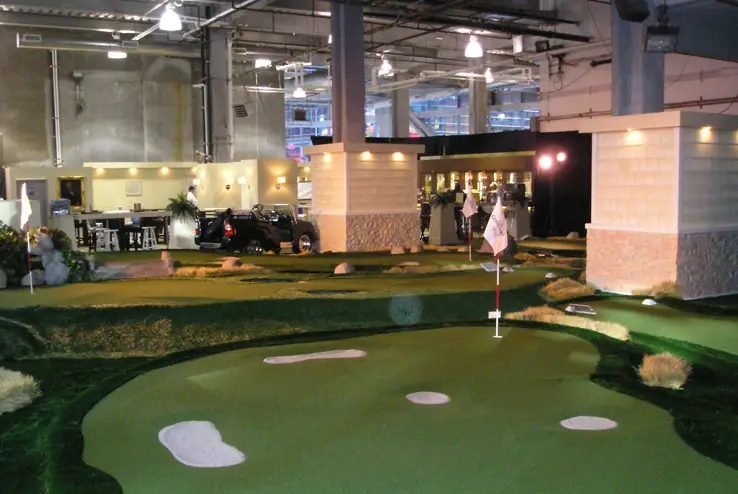Pop-up experiences have emerged as a dynamic marketing strategy that enables brands to connect with their audience in unique and exciting ways. These temporary or semi-permanent brand experiences offer numerous advantages for businesses, from product launches and sales boosts to expanding into new markets and creating buzz around your brand. Now is an ideal time to explore the potential of pop-up experiences due to the evolving retail landscape and changing consumer behavior.
Pop-up experiences are temporary physical spaces created by brands to establish a presence beyond traditional brick-and-mortar stores. This flexibility is especially valuable for online-based businesses or brands seeking to expand their reach. By offering a limited-time, one-of-a-kind experience, pop-ups generate excitement, drive foot traffic, and attract media attention. In an era dominated by digital marketing, pop-up experiences provide an opportunity to engage with customers in the physical realm and cut through the clutter.

Legacy’s Marc by Marc Jacobs Pop-Up Store
The current market conditions present several compelling reasons to embrace pop-up experiences. Firstly, the retail industry has experienced a significant increase in available space, resulting in more favorable terms for brands. Negotiating flexible pricing, lease lengths, and availability with landlords has become more accessible, making it an opportune time to secure a location for a pop-up experience.
Secondly, shifts in consumer behavior and traffic patterns, partly influenced by the COVID-19 pandemic, provide brands with a chance to reach new markets and audiences. Consumers, after enduring prolonged digital engagement, now seek in-person experiences that stand out. A well-executed pop-up experience can captivate their attention and leave a lasting impression.

The Glenlivet City Links Pop-Up Putting Course & Clubhouse, by Legacy
To make the most of the current landscape, it’s crucial to take specific steps. Begin by identifying your target audience and pinpointing locations that align with their preferences and interests. Then, focus on creating an authentic brand experience that delivers value and immerses visitors in your brand’s identity. Seeking assistance from retail brokers and experiential agencies specializing in pop-up experiences can prove invaluable, as their expertise streamlines the process, from finding suitable locations to negotiating leases and handling logistics.
Lastly, proper planning, execution, and measurement are essential. Set clear objectives and metrics to track success, such as foot traffic, sales, social media engagement, and customer feedback. Analyzing the impact of your pop-up experience informs future marketing strategies and allows you to maximize its effectiveness.
Statistics on Pop-up Experiences and the Current Retail Market:
- Pop-up Retail Growth: The global pop-up retail market was valued at $50 billion in 2019, with a projected growth to $80 billion by 2024, representing a compound annual growth rate (CAGR) of 9.3% (Storefront).
- Popularity of Pop-up Experiences: A survey revealed that 61% of consumers have visited a pop-up shop, and 59% would make a special trip to visit one if it aligns with their interests (PopUp Republic).
- Impact on Sales: Pop-up shops can increase revenue by an average of 35% for established retailers (Center for Economics and Business Research).
- Retail Vacancy Rates: In the first quarter of 2023, the retail vacancy rate in the United States was 10.5%, providing increased opportunities for securing retail spaces at favorable terms (Statista).
- Consumer Preferences: 78% of millennials prefer spending money on experiences rather than material possessions, making pop-up experiences a valuable way to cater to this preference (Eventbrite)

Legacy’s L’Oreal Colorspace Pop-Up Salon
